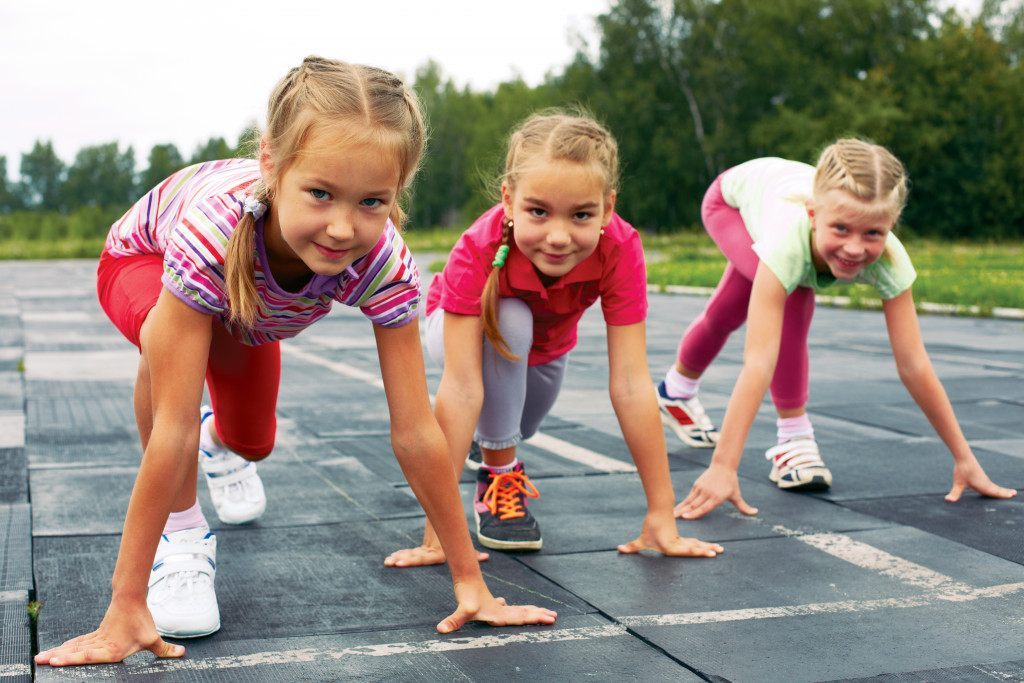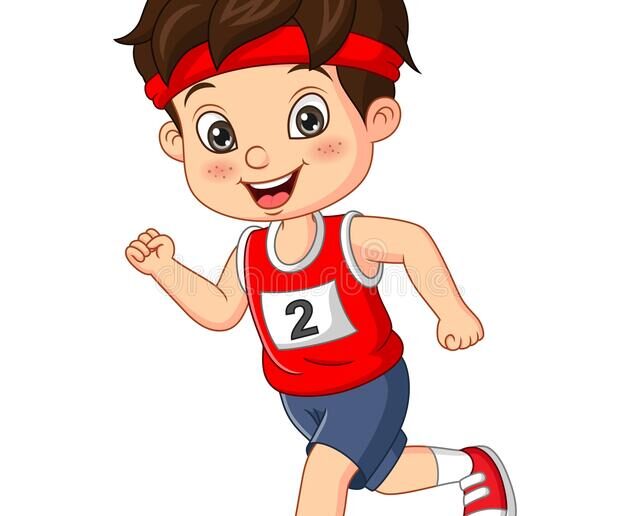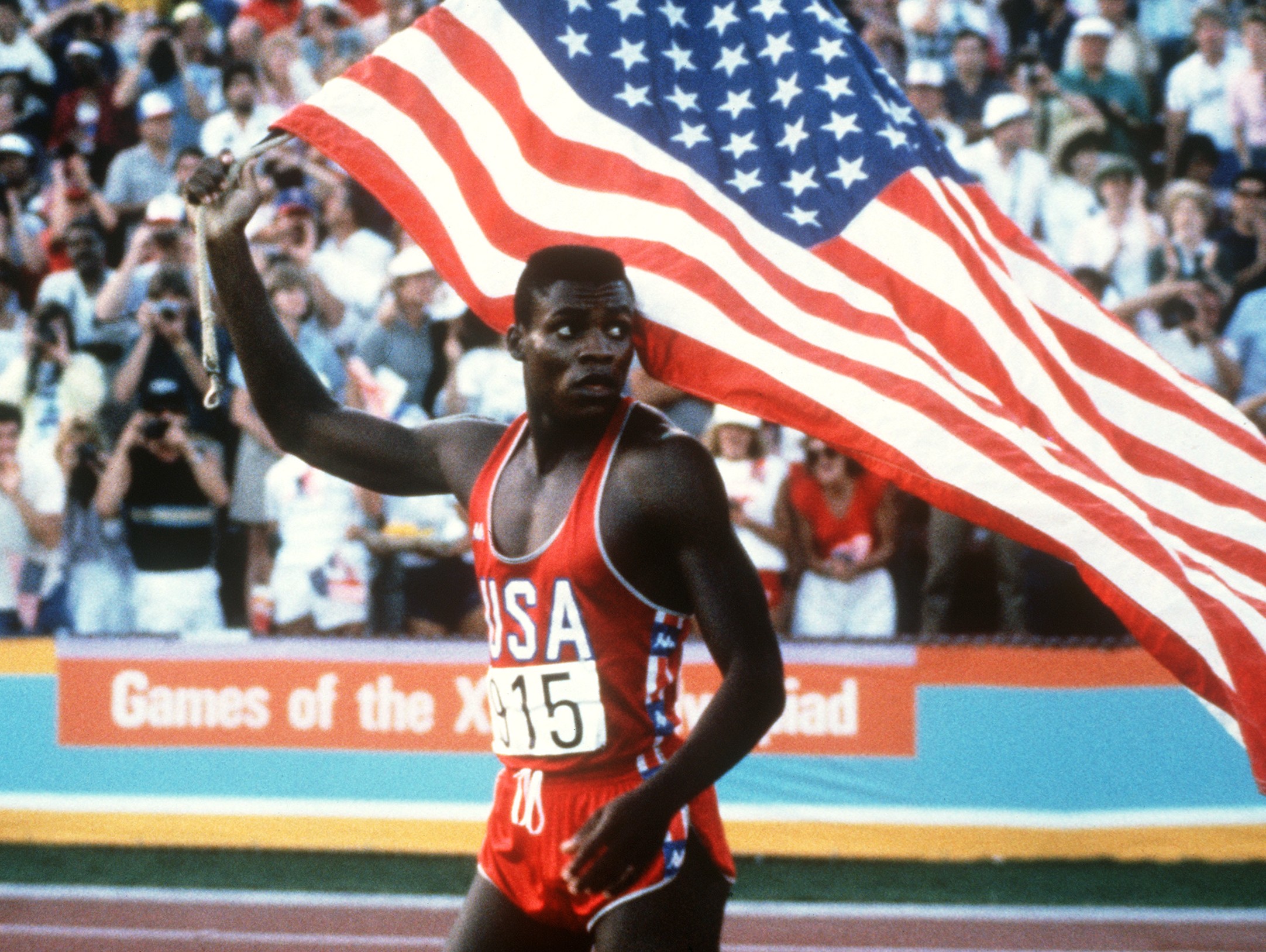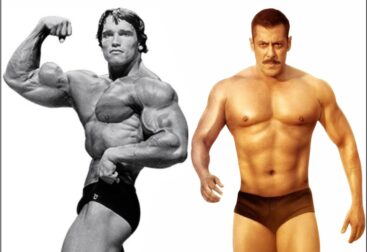To know how young children seem to run around all day without getting tired, we need to understand the exercise physiology involve in long-distance runs. First of all, we need to know what is VO2 max. VO2 max, or maximal oxygen consumption, refers to the maximum amount of oxygen that an individual can utilize during intense or maximal exercise. This measurement is generally considered the best indicator of cardiovascular fitness and aerobic endurance. The more oxygen a person can use during high level exercise, the more energy a person can produce. This test is the gold standard for determining cardio-respiratory fitness because the muscles need oxygen for prolonged aerobic exercise, and the heart must pump adequate amounts of blood through the circulation to meet the demands of aerobic exercise. The average model for endurance training involves an intensity of 75% of maximum heart rate maintained for 20-30 minutes. If this is performed three to five times a week, then the average adult can expect 25% improvement in VO2 max, where as a child can expect only 10% improvement in VO2 max after following “adult like” cardiovascular training program. The science of developmental physiology can supply answer to this.

Some scientists have hypothesised that the reasons for this diminished training effect in children is that a ‘hormonal trigger” exists which limits cardiovascular trainability until puberty. It seems reasonable that until growth hormones levels, such as testosterone rise, then increasing the size of the heart through endurance training may be limited, just as increasing the size of the muscles through strength training is limited until post puberty. A child’s heart is smaller than an adult’s heart and does not achieve its natural full size until full height is reached. The stroke volume (the volume of blood ejected from the ventricle with each heartbeat.) is lower in them and it may be that this limits any further improvement in VO2 max. This is also the reason why it is rare for an elite child to have VO2 max greater than 65ml/kg/min compared to elite adult who can achieve VO2 max scores above 80ml/kg/min.
Another factor that could explain the diminished training effect in children is that the “pre training status” of the average child (40-50 ml/kg/min) is higher than the pre training status of the average untrained adult (35-40 ml/kg/min).

Why children have good aerobic capacity
One of the major physiological differences between adults and children is that children have more fatigue-resistant muscles (Type I) than adults. Their muscles recover even more quickly than trained adult endurance athletes. Children’s aerobic and anaerobic metabolism differs from that of adults. Children have limited anaerobic glycolytic capabilities until post puberty. They have much lower glycolytic enzyme activity (PEK enzyme). Children have greater aerobic enzyme activity than adults and burn greater proportion of fats during aerobic exercises and long-distance runs, that children are good fat burners. They also recover faster because their bodies produce fewer of the by-products of muscle breakdown, like lactate, that result in sore, weak muscles, and remove them from the bloodstream more quickly. Those same abilities show up in endurance athletes who train their bodies to maximize aerobic efficiency and limit the production of these waste products.

Arguably, improvement in aerobic capacity rely on the development of anaerobic metabolism, since anaerobic glycolysis is the starting point for aerobic glycolysis. Glycogen is first broken down into pyruvate via anaerobic glycolysis and then, with sufficient oxygen present, the pyruvate enters the Kreb’s cycle to be burned in the mitochondria. So to improve aerobic capacity children should work on high intensity (85% of Maximum Heart Rate) because they have high anaerobic thresholds. The goal should be to challenge the glycogen burning capacities and recruit more type II a (fast) muscle fibres in the child.

Dr Saranjeet Singh
Fitness & Sports Medicine Specialist
Lucknow (UP), INDIA







